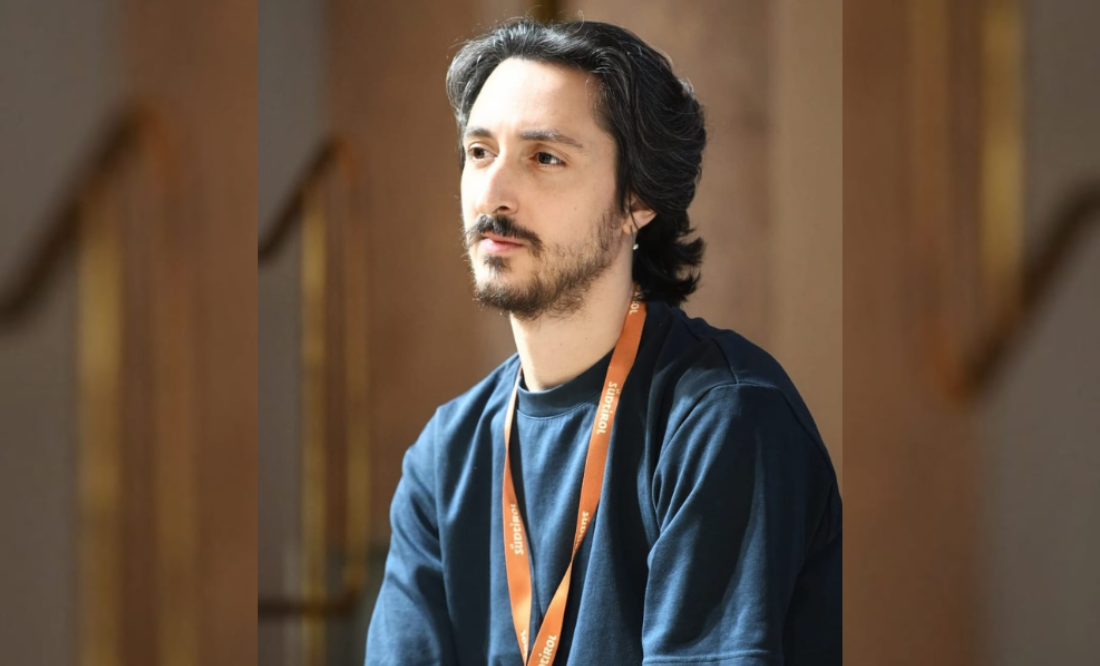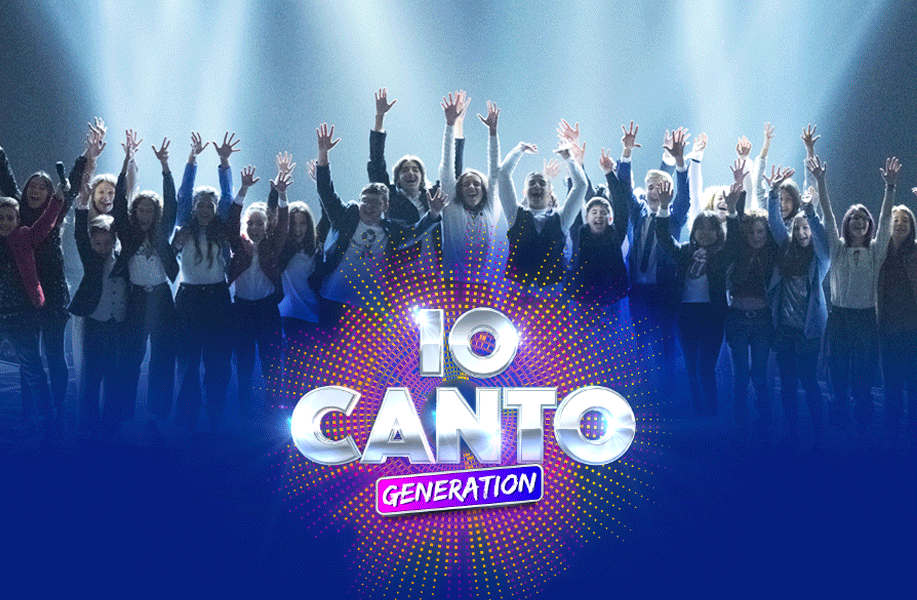During the three-day AVP Summit (July 21–23) held at the Kurhaus in Merano, among the various panels held, one was dedicated to artificial intelligence, titled "AI Demystified: What Every Producer Should Know."
At the heart of this talk was Professor Eugenio Nerio Nemmi, computer science professor at La Sapienza University of Rome, who delivered a masterclass in plainspoken, yet deeply informed, explanation of what AI truly is—and isn’t.
“AI is not magic. It’s statistics, algorithms, and data,” Professor Nemmi opened, breaking down a landscape often cluttered with hyperbole. He began by clarifying terms that are often used interchangeably in popular discourse: Artificial Intelligence, Machine Learning, Deep Learning, and Generative AI. Each has its place in the ecosystem:
Artificial Intelligence is the umbrella concept—machines that mimic human cognition.
Machine Learning (ML) allows machines to learn from structured data with human guidance.
Deep Learning (DL), a subset of ML, uses neural networks to extract features automatically from unstructured inputs like images and audio.
Generative AI, including tools like ChatGPT, Midjourney, and Sora, refers to systems that create new content by learning from vast amounts of data.
Nemmi emphasized the importance of understanding this structure: “Only by knowing how these systems are built and trained can we start to use them responsibly in creative industries.” The session then zoomed in on Large Language Models (LLMs)—the engine behind many of today’s AI tools in writing, research, and content creation. Nemmi explained that LLMs, such as GPT-4, are “predictive engines” trained to anticipate the next most likely word or token based on billions of examples.
Using the familiar phrase “The quick brown fox…”, Nemmi demonstrated how models learn to predict the word “jumps” next, not because they understand meaning in a human sense, but because it’s statistically the most likely outcome based on training data.“LLMs do not understand context the way we do,” he warned. “They produce fluent, often convincing text—but they can also make things up. That’s why human oversight is critical.”
Nemmi also discussed the emerging world of AI agents—systems that extend beyond simple prompt-response mechanics. These agents combine a language model with goals, memory, and tools, allowing them to automate complex tasks across time. Imagine an assistant that reads your emails, summarizes documents, and books meetings autonomously. “The goal is autonomy,” said Nemmi. “These systems can act, observe results, and iterate—bringing us closer to real workflow automation.” Still, he tempered enthusiasm with pragmatism: “We are at the beginning. Even the best models today are brittle when faced with nuance, ambiguity, or unexpected conditions.”
One of the most visually arresting segments of the session was Nemmi’s deep dive into text-to-video generation, a hot topic at this year’s AVP Summit. He introduced the diffusion model, inspired by thermodynamics: imagine a crystal-clear image slowly becoming static noise. AI models are trained to reverse this process, step-by-step removing noise until a coherent image emerges.Expanding this to video requires solving not just spatial detail but temporal consistency—ensuring the flow between frames feels natural. “It’s like reconstructing a film from millions of broken pieces of glass,” Nemmi joked, but the impact was clear: the technology is promising, but not yet production-ready for high-end cinematic storytelling without human refinement.
Nemmi didn’t shy away from the limitations of current AI systems. From hallucinations (plausible-sounding but false outputs) to control opacity (not knowing which data influenced a response), he urged producers to adopt AI as a collaborative tool, not a replacement. He cited common AI quirks—like AI-generated watches always showing 10:10 regardless of instructions—as symbols of both the model’s power and fragility. “These are not bugs; they are reminders of how deeply the training data shapes the output.”
For the AVP Summit’s audience of producers, studio executives, and content creators, Nemmi offered a resounding call to action: embrace AI with knowledge, not fear. The tools are becoming ubiquitous across all stages of production—from script generation to editing to marketing analytics. But creative professionals must understand the logic behind the machine if they wish to harness it effectively. “AI will not replace producers,” Nemmi concluded, “but producers who understand AI may soon replace those who don’t.”
About the AVP Summit
Held annually in Merano’s iconic Kurhaus, the Audiovisual Producers Summit brings together top professionals from across the global film, television, and streaming industries. This year’s edition (July 21–23, 2025) placed a special focus on innovation, with panels exploring AI, international co-productions, streaming strategy, and sustainability in production.









